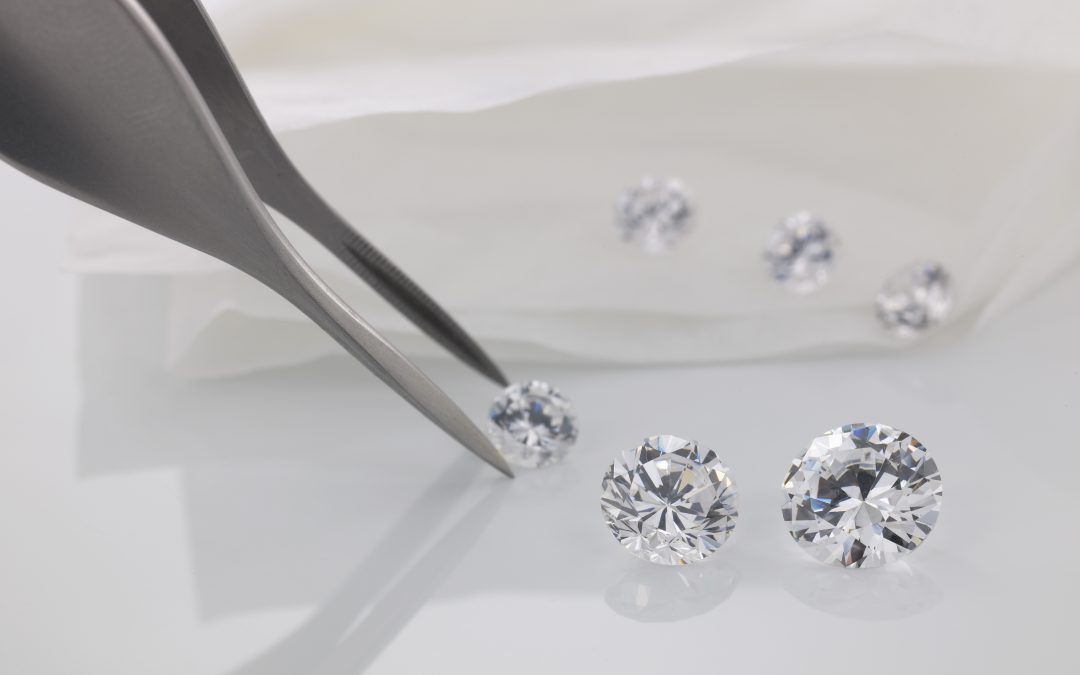4Cs lab diamonds, also referred to as lab-grown or synthetic diamonds, have surged in popularity due to their ethical production and environmental benefits. Among the critical factors that define the quality and value of these diamonds are the “4Cs”: Cut, Color, Clarity, and Carat Weight. Understanding these characteristics is essential for consumers looking to make informed choices when purchasing lab-made diamonds.
What Are Lab-Made Diamonds?
Lab-made diamonds are genuine diamonds created in controlled environments using advanced technology. Unlike natural diamonds, which form over millions of years beneath the Earth’s surface, lab diamonds can be produced in a matter of weeks. There are two primary methods for creating lab diamonds. The first is the High Pressure High Temperature (HPHT) method, which replicates the natural conditions under which diamonds form by subjecting carbon to high pressure and temperature, leading to the crystallization of diamonds. The second method, Chemical Vapor Deposition (CVD), uses carbon-rich gases to deposit carbon atoms onto a substrate, which then crystallize to form diamonds. Lab-made diamonds possess the same physical, chemical, and optical properties as natural diamonds, making them a popular alternative for ethical and budget-conscious consumers.
The 4Cs of Lab Diamonds
Cut
The cut of a diamond refers to how well it has been shaped and faceted, significantly affecting its brilliance and sparkle. This aspect is often confused with shape (e.g., round, princess, oval), but it specifically relates to the quality of craftsmanship. A well-cut diamond reflects light beautifully, enhancing its overall appearance. The cut is graded as Excellent, Very Good, Good, Fair, or Poor, and this grade plays a vital role in determining the diamond’s overall beauty.
Color
The color of a diamond pertains to its hue, which can range from completely colorless to light yellow or brown. The Gemological Institute of America (GIA) grades diamond color on a scale from D (colorless) to Z (light yellow). Colorless diamonds are the most sought after and valuable, while fancy color diamonds, which display vivid colors like pink, blue, or yellow, are graded based on their hue, tone, and saturation.
Clarity
Clarity measures the presence of internal or external imperfections, known as inclusions and blemishes. The fewer flaws a diamond has, the higher its clarity grade. The GIA clarity scale includes several grades, ranging from Flawless (FL), with no inclusions or blemishes visible under 10x magnification, to Included (I1, I2, I3), where inclusions are easily visible and may affect the diamond’s durability and appearance. A diamond’s clarity is crucial in determining its overall value and beauty.
Carat Weight
Carat weight measures the size of the diamond, with one carat equaling 200 milligrams. While larger diamonds are generally more valuable, the price per carat can vary based on the quality of the cut, color, and clarity. It’s important to note that two diamonds of the same carat weight can have different sizes depending on their cut.
Why Choose Lab-Made Diamonds?
Lab-made diamonds are often seen as a more ethical choice compared to natural diamonds, which can be associated with conflict mining and environmental degradation. They are produced in a controlled environment, which helps minimize their ecological footprint. Additionally, lab diamonds typically cost 20% to 40% less than their natural counterparts, allowing consumers to purchase larger or higher-quality stones within their budget. Furthermore, the process of creating lab-made diamonds is transparent, with detailed information available regarding their origin and characteristics. Consumers can feel confident in their purchase, knowing it supports sustainable practices.
Conclusion
Lab diamonds and their 4Cs provide consumers with a comprehensive understanding of diamond quality and value. As the demand for ethical and sustainable options continues to rise, lab made diamonds present a compelling choice for those seeking beauty, quality, and conscience in their diamond purchases. By considering the 4Cs, consumers can make informed decisions that reflect their values and preferences.

